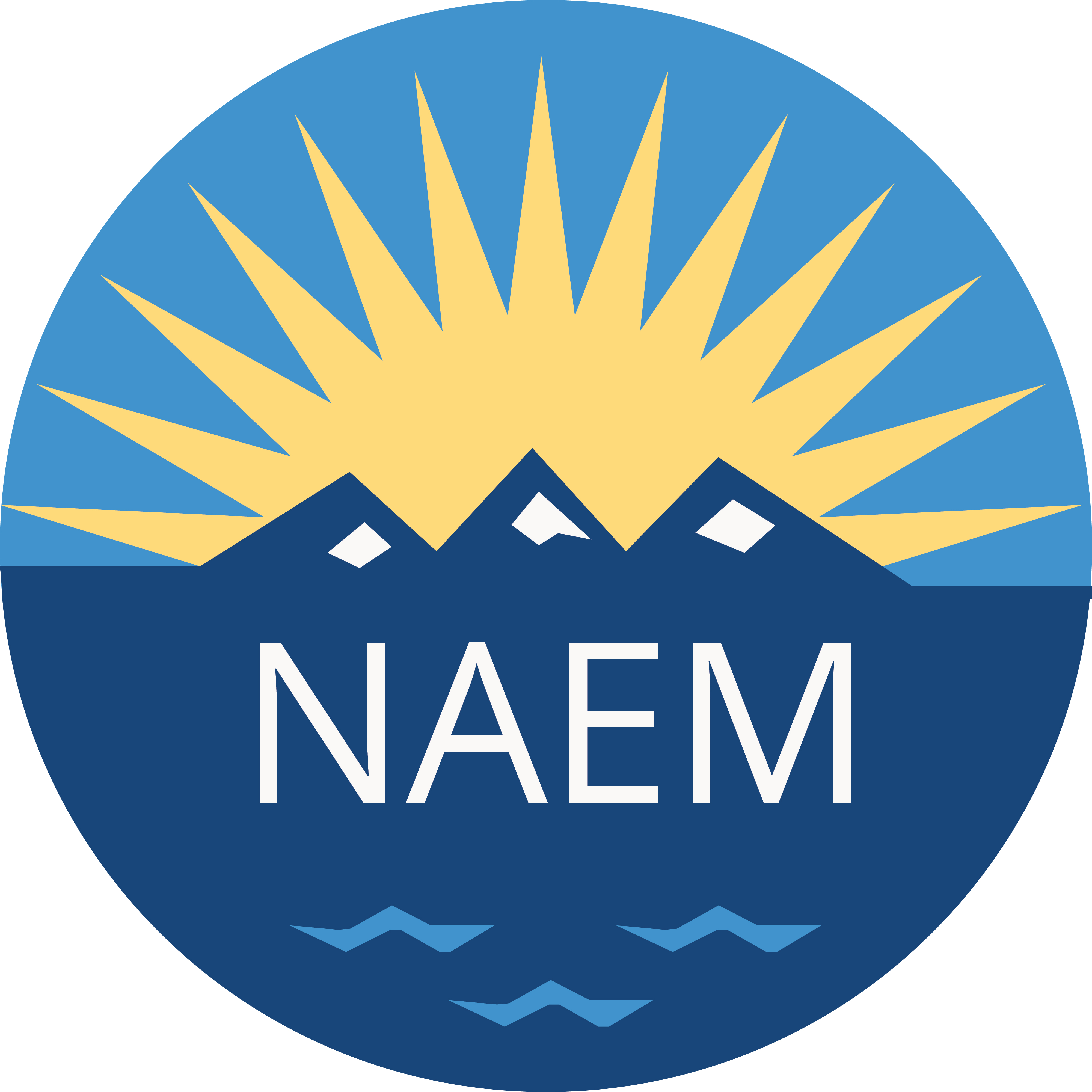Sustainability Reporting Drives Employee Engagement, Strategic Alignment
New Research Confirms the Internal Business Benefits of External Reporting
A company’s investment in external sustainability reporting may be driven by reputational concerns, but according to new research presented at NAEM’s recent Sustainability Conference, the most tangible business benefits are those that impact internal operations.
The global survey of 91 sustainability EHS and sustainability leaders at U.S. and Europe-based companies, was fielded in March-April 2015 by the sustainability consulting firm ERM to better understand the benefits of external reporting. The firm presented the results in August at NAEM's conference in Minneapolis.
The results reveal that the top three areas of ‘moderate’ or ‘significant’ value creation were: ‘enhanced relationships with employees and recruiting new talent’ (81%), ‘improved decision-making’ (81%) and ‘improvement in areas of material importance to the company’ (79%).
For Roland Mostovy, Sustainability Manager at Ashland Inc., these results ring true to the genesis of the company's external reporting program four years ago. In addition to shedding light on the company's strengths in innovation and technology, the report is an important engagement tool for positioning it as a desirable place to work.
“If somebody is interested in working at Ashland and thinks sustainability is really important, they would want to see what Ashland’s position is,” he said. “That’s a very important motive.”
Moreover, the emphasis that Ashland’s customers place on sustainability elevates the importance of transparency to maintaining strong business relationships, too.
“Our major customers, particularly in the personal care business, they’re household names…and all of those companies have well-established and defined sustainability programs and goals and objectives,” he said. “This is where we have the ability to partner with them to achieve their goals.”
For Duke Energy, the annual reporting cycle has given the company a framework for steadily advancing its sustainability programs.
According to Sustainability Director Mariann Quinn, the company’s early sustainability goals were qualitative commitments to increase energy efficiency. Today, the company has a declared goal of “achieving cumulative reduction peak demand of 4,800 megawatts by 2020.”
Since first publishing a report in 2007, the company has further evolved its program by integrating sustainability into its operations through a cross-functional ‘Sustainability Corps’ and conducting a materiality assessment that refined its efforts to 16 core issues. Her team also recently updated its sustainability goals to align with the four pillars of Duke Energy’s business strategy.
“If we’re not aligned with the overall company strategy, we can lose our relevance,” she said.
Despite this new look at the business impact of her team’s efforts, Ms. Quinn said the company does not plan to make the move to integrated reporting--yet. The ERM survey similarly revealed that 48 percent of respondents do not plan to issue an integrated report within the next three years.
“We looked at integrated reporting…and that’s not for us yet,” Ms. Quinn said. “What we did do is to map our value chain and created a graphic that shows the natural resources we use, our business model and the value they created.”
Even the effort that goes into pulling together a standalone report, though, requires a significant investment in time and resources, according to the survey results. Among respondents, 25 percent said that the reporting process requires the equivalent of one or more full-time employees.
To address this challenge, Best Buy Co. Inc. recently introduced a new communication strategy that it hopes will both streamline reporting efforts and meet the needs of different audiences.
This year, the company transitioned to an online only report, targeting investors, analysts and those who are specifically interested in the data.
“They don’t necessarily care about pictures and having it look pretty,” said Suzanne Hilker, Manager of Corporate Responsibility and Sustainability, “so we were able to be more efficient and use our resources a little smarter.”
For employees, potential recruits and other stakeholders, her team created a printed piece that folds up to be pocket-sized brochure. At the corporate headquarters, each employee received a copy at their desk; for those working in the stores, the company included a copy in the monthly employee magazine.
“It’s something that sits out in their break room and has a long shelf-life,” she said.
In addition to the formal collateral, the company also created an interactive display near the cafeteria at its corporate headquarters and hosted a panel discussion featuring sustainability leaders from Minneapolis-area companies.
“We want to do everything we can to raise awareness among our employees,” Ms. Hilker said.
Perhaps the true mark of maturity in the company’s program, though, is the extent to which her team's work today reflects the activities that are going on throughout the company’s operations.
“We’re in a place where the sustainability report is an output of the work, as opposed to the catalyst for getting the work done,” she said.

